Home>Gardening & Outdoor>Landscaping Ideas>Who Makes Grass-Fed Butter
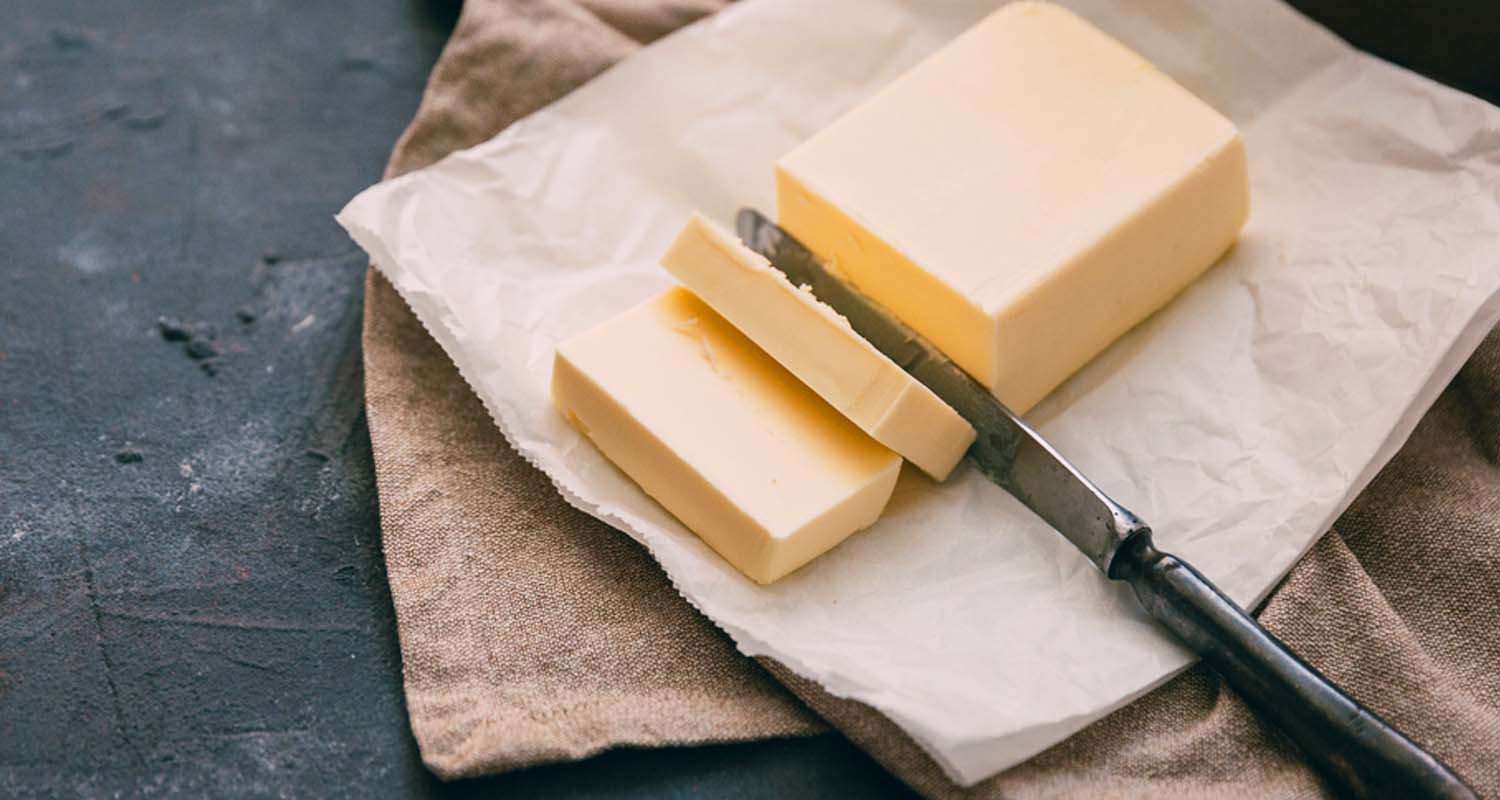

Landscaping Ideas
Who Makes Grass-Fed Butter
Modified: August 23, 2024
Discover the benefits of grass-fed butter and why it's a popular choice for landscaping ideas. Learn more about who makes grass-fed butter and its uses.
(Many of the links in this article redirect to a specific reviewed product. Your purchase of these products through affiliate links helps to generate commission for Storables.com, at no extra cost. Learn more)
Introduction
Welcome to the wonderful world of grass-fed butter! Have you ever wondered about the rich, creamy goodness of butter and its potential health benefits? If so, you're in for a treat as we delve into the realm of grass-fed butter, exploring its origins, production, and the benefits it offers.
Butter has been a staple in kitchens around the world for centuries, adding delectable flavor and richness to a wide array of dishes. However, not all butter is created equal. The focus on grass-fed butter has gained significant attention in recent years due to its purported health benefits and superior taste profile.
In this article, we'll uncover the secrets behind grass-fed butter, exploring what sets it apart from conventional butter, the process of making it, and the producers who are dedicated to crafting this golden elixir. Whether you're a culinary enthusiast, health-conscious individual, or simply curious about the world of dairy products, join us on this journey to discover the wonders of grass-fed butter.
Key Takeaways:
- Grass-fed butter is made from the milk of cows that primarily eat grass, giving it a vibrant color and rich flavor. It’s packed with nutrients and potential health benefits, making it a delicious and nutritious choice for cooking and spreading.
- Small-scale creameries, family-owned farms, and specialized cooperatives are dedicated to producing high-quality grass-fed butter. Their commitment to sustainable and ethical practices ensures that consumers can enjoy a delicious and wholesome dairy product while supporting conscientious producers.
Read more: What Is Grass Fed Butter
What is Grass-Fed Butter?
Grass-fed butter is a dairy product made from the milk of cows that have been primarily fed a diet of fresh grass and other foraged plants. This natural and nutrient-rich diet sets grass-fed butter apart from conventional butter, which is often derived from cows raised on grain-based diets. The consumption of grass contributes to the higher nutrient content and distinct flavor profile of grass-fed butter.
One of the defining characteristics of grass-fed butter is its vibrant yellow hue, which is a result of the carotenoids present in the grass consumed by the cows. These carotenoids, including beta-carotene, lend the butter its rich color and contribute to its nutritional value. Additionally, grass-fed butter is known for its high levels of omega-3 fatty acids, antioxidants, and fat-soluble vitamins such as vitamin A, D, E, and K2.
Unlike conventional butter, which may contain lower levels of these beneficial compounds, grass-fed butter is celebrated for its potential health-promoting properties. From its unique nutritional composition to its distinctive flavor, grass-fed butter offers a tantalizing alternative to traditional butter, enticing food enthusiasts and health-conscious individuals alike.
Benefits of Grass-Fed Butter
Grass-fed butter is renowned for its array of potential health benefits, making it a compelling choice for those seeking a nutrient-dense addition to their diet. Here are some of the key advantages associated with grass-fed butter:
- Nutrient Density: Grass-fed butter is packed with essential nutrients, including omega-3 fatty acids, fat-soluble vitamins, and antioxidants. These nutrients play a crucial role in supporting overall health and well-being.
- Omega-3 Fatty Acids: Unlike conventional butter, grass-fed butter contains higher levels of omega-3 fatty acids, which are known for their anti-inflammatory properties and potential cardiovascular benefits.
- Vitamin K2: Grass-fed butter is a rich source of vitamin K2, a vital nutrient that contributes to bone health, heart health, and may offer protection against certain chronic diseases.
- Conjugated Linoleic Acid (CLA): This naturally occurring fatty acid found in grass-fed butter has been linked to potential weight management benefits and may possess anti-cancer properties.
- Enhanced Flavor Profile: Grass-fed butter is celebrated for its distinct, rich flavor, adding a delightful depth to culinary creations. Its natural golden hue and nuanced taste elevate the sensory experience of dishes.
- Potential Health Benefits: The unique nutritional composition of grass-fed butter may offer a range of health benefits, including improved heart health, enhanced immune function, and support for overall vitality.
By incorporating grass-fed butter into your diet, you can savor its delectable taste while potentially reaping the rewards of its nutrient-rich profile. Whether used as a spread, cooking ingredient, or flavor enhancer, grass-fed butter stands as a testament to the harmonious relationship between flavor and nutrition.
Look for grass-fed butter from brands like Kerrygold, Organic Valley, and Vital Farms. Check the label for “grass-fed” to ensure the butter comes from cows that have been primarily fed a diet of grass.
The Process of Making Grass-Fed Butter
The journey from pasture to plate begins with the careful and meticulous process of crafting grass-fed butter. This artisanal approach to butter production involves several key steps, each contributing to the creation of this prized dairy product.
Milk Sourcing: The process commences with the collection of high-quality milk from grass-fed cows. These cows graze on lush pastures, consuming a diverse array of grasses and forage, which imbues their milk with the nutrients and flavors characteristic of grass-fed dairy.
Cream Separation: Once the milk is sourced, it undergoes a gentle separation process to extract the cream, which serves as the foundation for butter production. The cream is carefully skimmed from the milk, yielding a rich and velvety base for the ensuing transformation.
Churning: The cream is then churned through a meticulous process that involves agitation to encourage the separation of the butterfat from the buttermilk. As the cream is churned, the fat globules coalesce, ultimately forming butter granules that separate from the liquid buttermilk.
Washing and Kneading: The newly formed butter granules undergo a thorough washing process to remove residual buttermilk, a crucial step that contributes to the butter’s quality and shelf life. Following this, the butter is kneaded to further expel any remaining liquid, resulting in a smooth and cohesive texture.
Final Processing: The butter is then shaped, salted if desired, and packaged with precision, ready to embark on its journey to kitchens and dining tables around the world. The result is a testament to the artistry and dedication of the producers who uphold the tradition of crafting exceptional grass-fed butter.
From the verdant pastures where cows graze to the skilled hands that transform cream into golden butter, the process of making grass-fed butter is a testament to the artistry and dedication of the dairy industry. Each step in this journey contributes to the creation of a product that embodies the essence of nature’s bounty and the craftsmanship of those who bring it to fruition.
Who Produces Grass-Fed Butter?
The production of grass-fed butter is a labor of love carried out by dedicated dairy farmers and artisanal producers who are committed to upholding the highest standards of quality and sustainability. These individuals and organizations play a pivotal role in bringing the rich, golden goodness of grass-fed butter to discerning consumers around the globe.
Small-Scale Artisanal Creameries: Many small-scale creameries and dairy farms are at the forefront of grass-fed butter production, harnessing traditional methods and a deep respect for the land. These artisanal producers prioritize the well-being of their cows and the quality of the milk they produce, resulting in butter that reflects the terroir of the pastures and the dedication of those who tend to them.
Family-Owned Dairy Farms: Family-owned dairy farms form the backbone of grass-fed butter production, with generations of expertise and a profound connection to the land. These farms prioritize sustainable farming practices and the ethical treatment of their animals, fostering a harmonious environment that yields exceptional milk for butter production.
Specialized Dairy Cooperatives: Some regions are home to specialized dairy cooperatives that bring together multiple farms under a unified mission of producing premium grass-fed butter. These cooperatives often adhere to stringent quality standards and traceability measures, ensuring that the butter reaching consumers’ tables is a testament to the collective efforts of passionate farmers.
Organic and Sustainable Brands: Numerous organic and sustainable food brands have embraced the production of grass-fed butter, recognizing its appeal to health-conscious consumers and culinary enthusiasts. These brands prioritize organic and regenerative farming practices, aligning with the principles of environmental stewardship and animal welfare.
From the verdant pastures where cows graze to the skilled hands that transform cream into golden butter, the process of making grass-fed butter is a testament to the artistry and dedication of the dairy industry. Each step in this journey contributes to the creation of a product that embodies the essence of nature’s bounty and the craftsmanship of those who bring it to fruition.
Read more: How To Make Grass-Fed Beef Tender
Conclusion
As we conclude our exploration of grass-fed butter, we are left with a profound appreciation for this golden elixir and the dedicated individuals who bring it to fruition. From the sun-drenched pastures where contented cows graze to the artisanal creameries and family-owned farms, the journey of grass-fed butter is a celebration of tradition, quality, and sustainability.
Grass-fed butter stands as a testament to the harmonious relationship between nature’s bounty and the artistry of dairy production. Its vibrant color, rich flavor, and potential health benefits elevate it from a mere ingredient to a culinary treasure cherished by chefs, bakers, and food enthusiasts alike.
Furthermore, the commitment of small-scale producers, family-owned farms, and specialized cooperatives to sustainable and ethical practices underscores the profound connection between the land, the animals, and the final product. This dedication not only yields exceptional butter but also fosters a deeper appreciation for the origins of our food and the importance of conscientious consumption.
As consumers, embracing grass-fed butter is not only a choice for flavor and nutrition but a vote for the preservation of time-honored traditions and the support of conscientious producers. By savoring the rich, creamy goodness of grass-fed butter, we become part of a narrative that values the land, the animals, and the artisans who craft this exceptional dairy product.
Whether spread on warm, crusty bread, whipped into decadent sauces, or used as a canvas for culinary creativity, grass-fed butter invites us to indulge in the simple pleasures of life while honoring the labor and love that go into its creation. It is a testament to the fact that the most extraordinary flavors often stem from the purest and most natural sources.
So, as you savor the next dollop of grass-fed butter, let it serve as a reminder of the remarkable journey from pasture to plate and the countless hands and hooves that have contributed to this timeless delight. With each golden swirl, we pay homage to the land, the animals, and the artisans, embracing a tradition that transcends generations and embodies the essence of pure, unadulterated goodness.
Frequently Asked Questions about Who Makes Grass-Fed Butter
Was this page helpful?
At Storables.com, we guarantee accurate and reliable information. Our content, validated by Expert Board Contributors, is crafted following stringent Editorial Policies. We're committed to providing you with well-researched, expert-backed insights for all your informational needs.
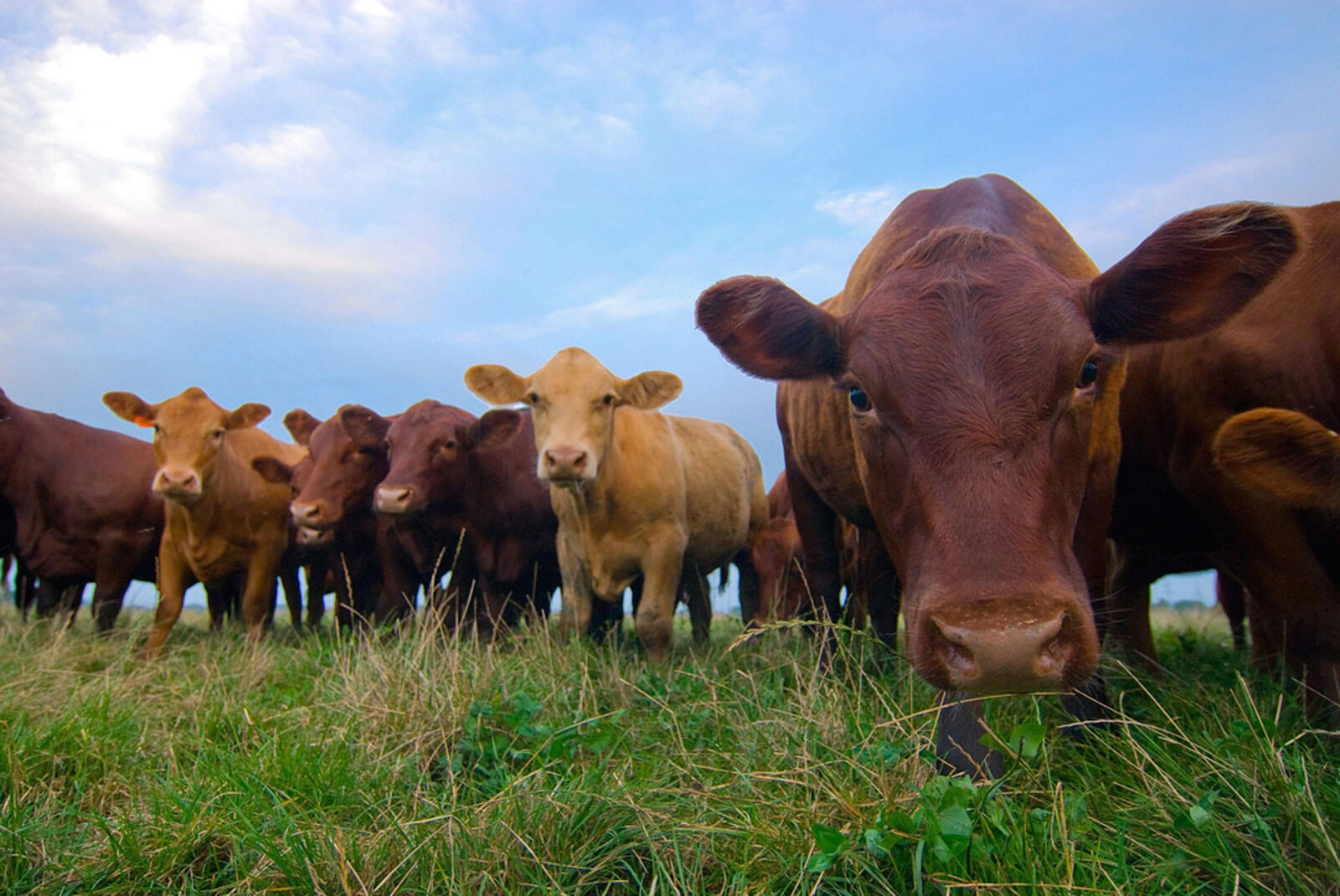
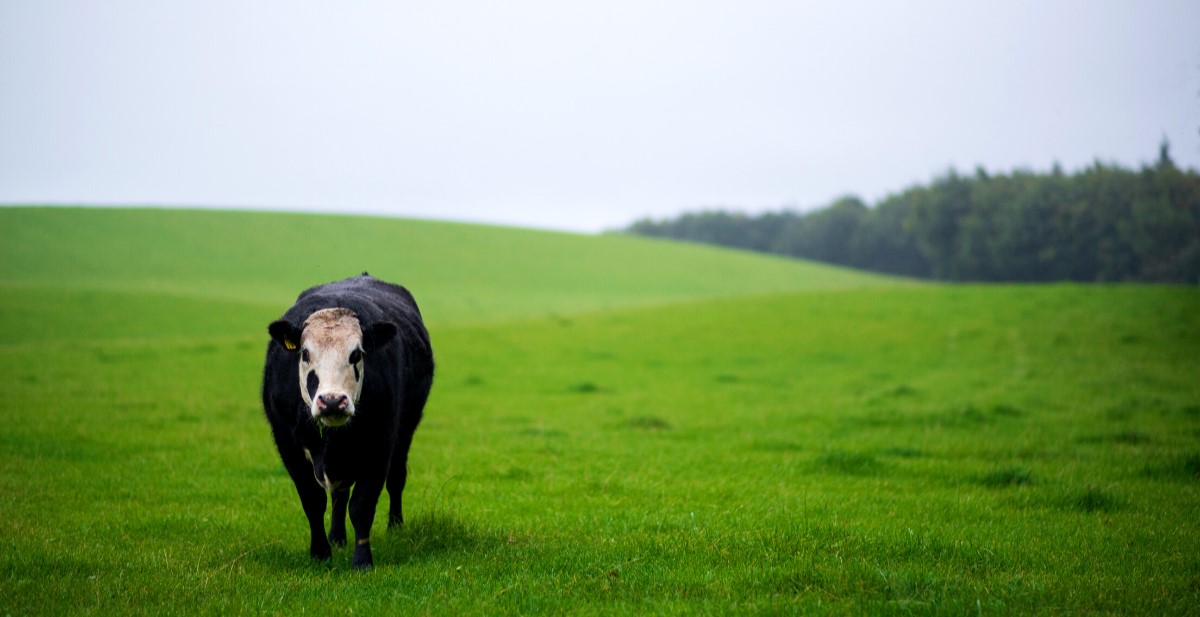
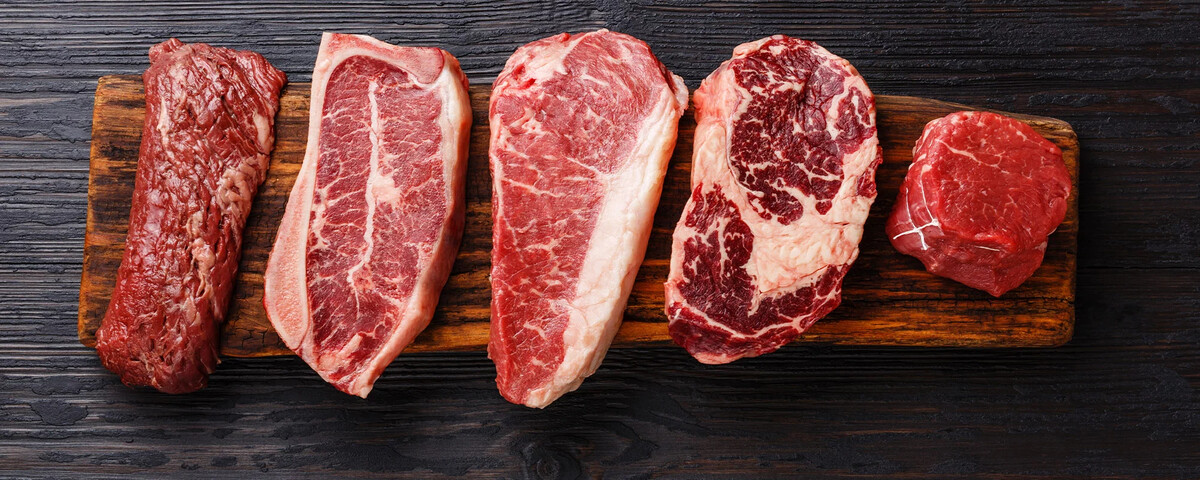

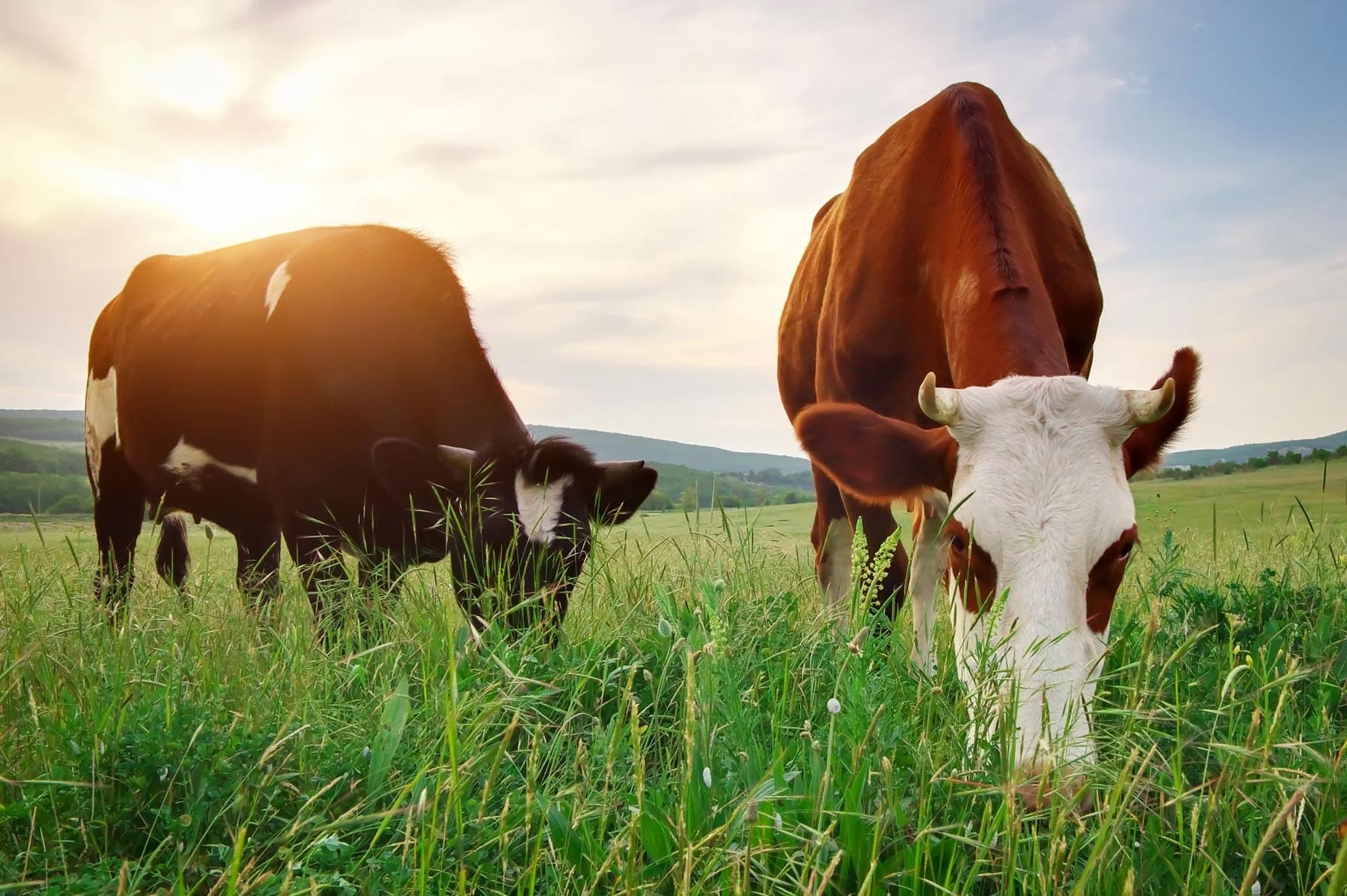
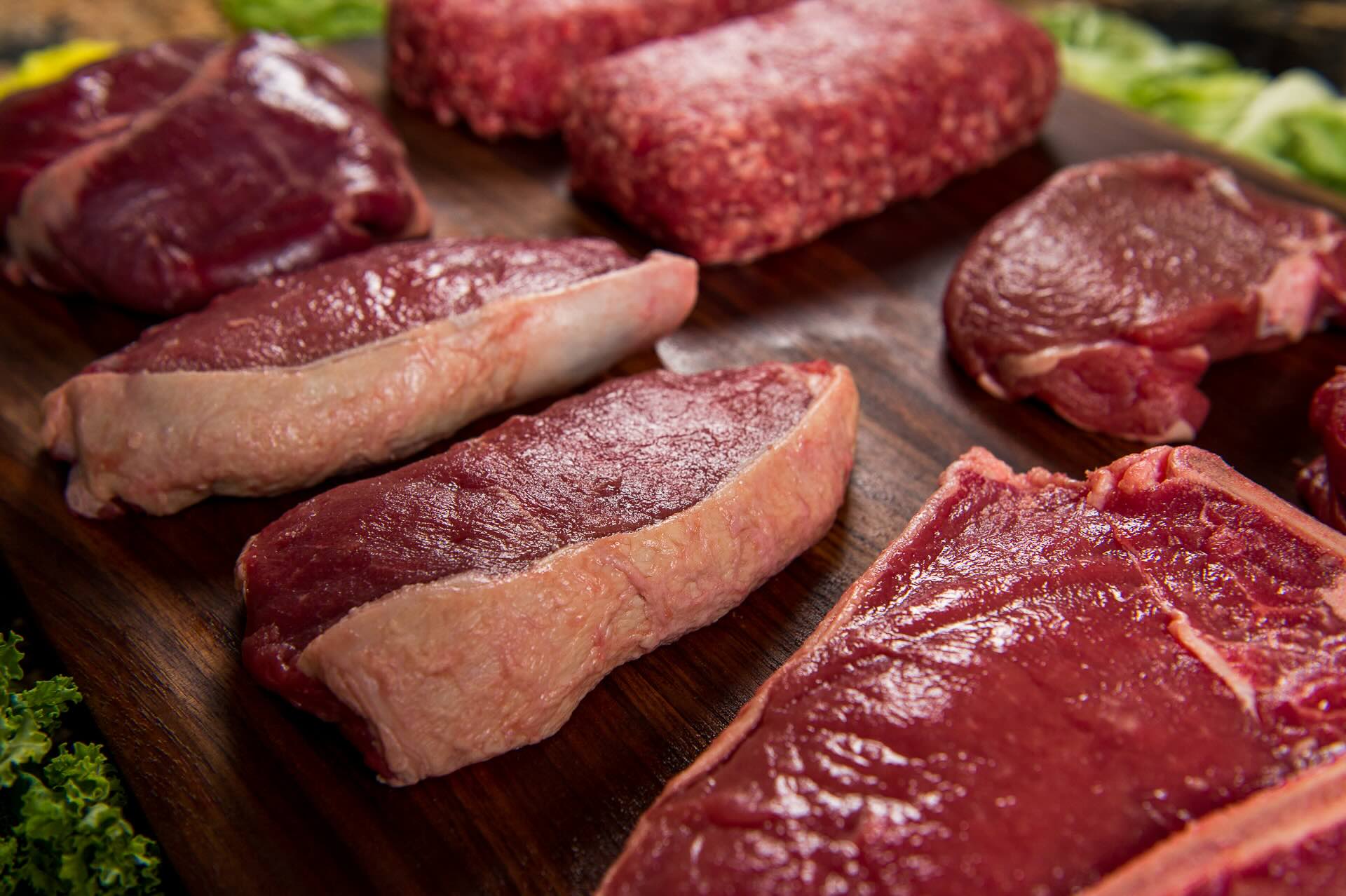
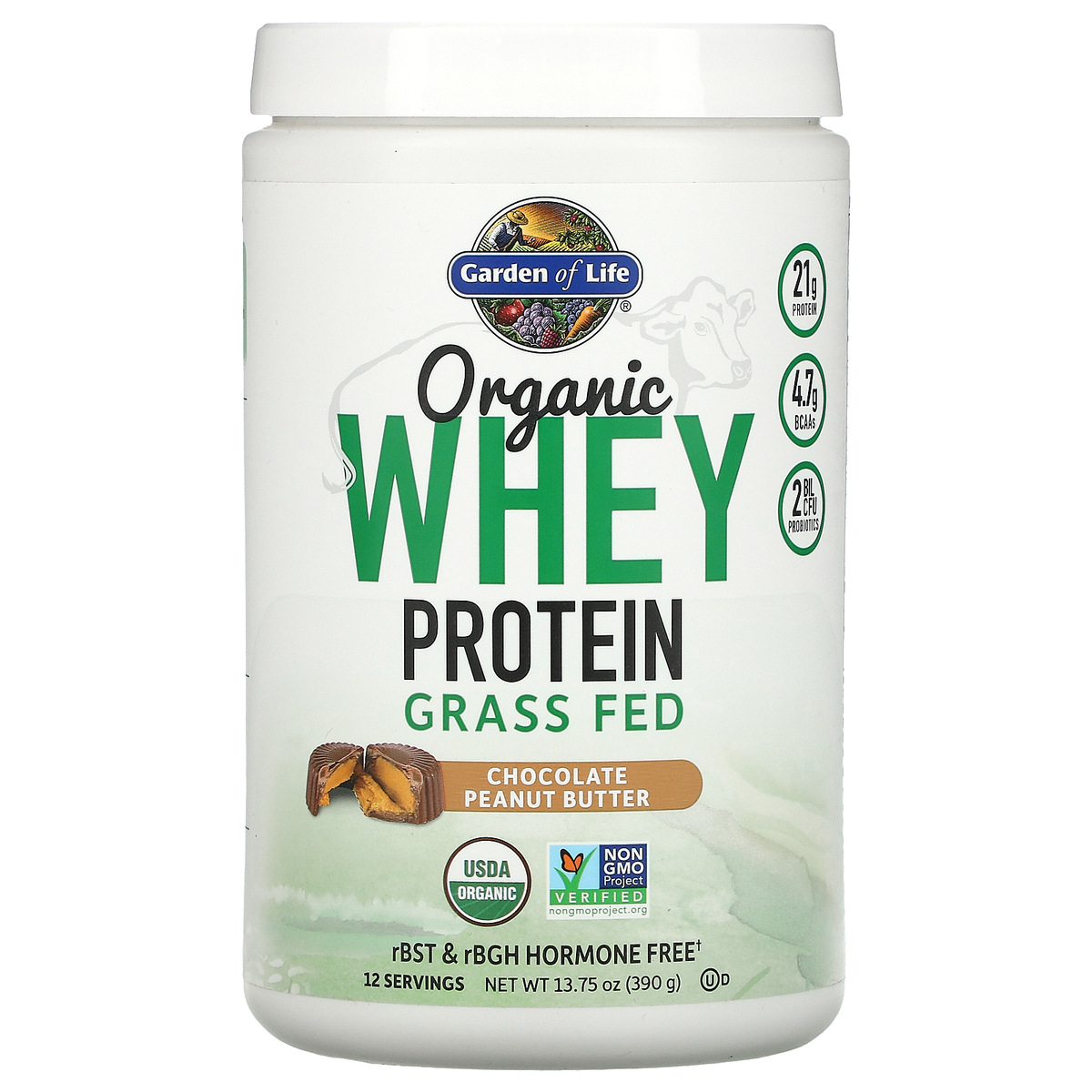

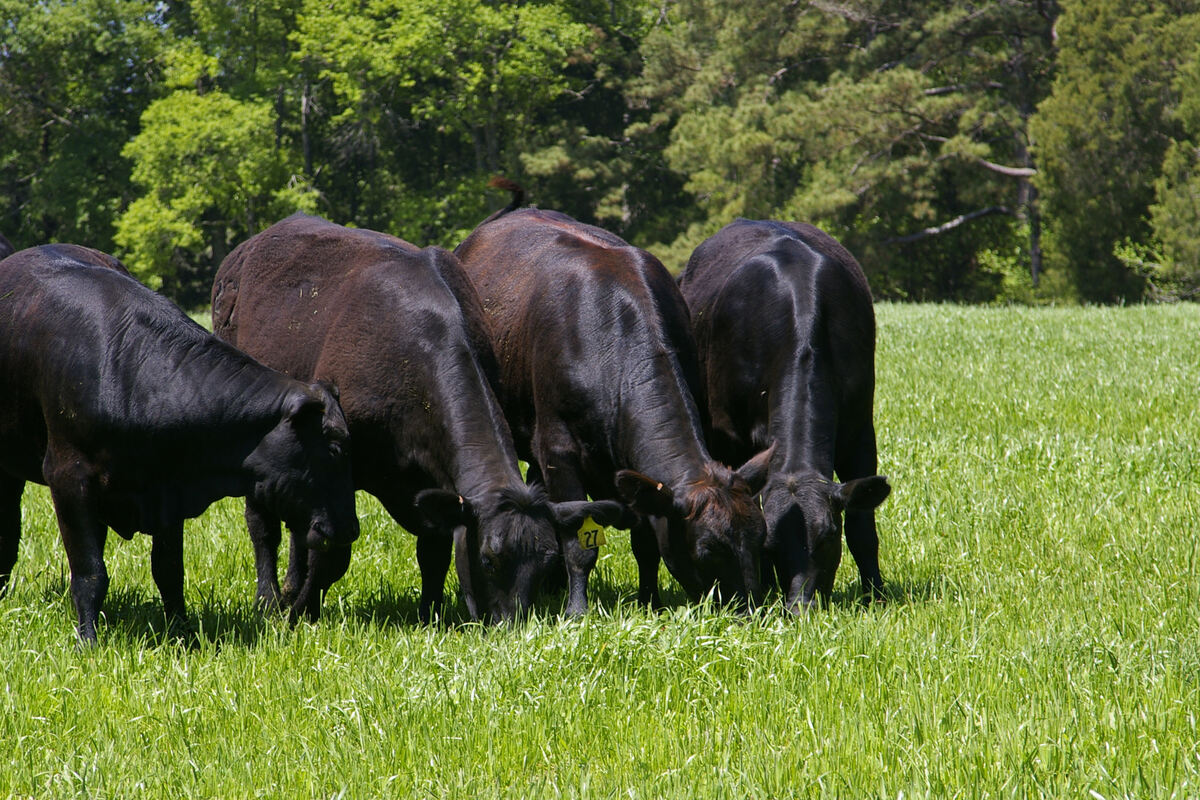
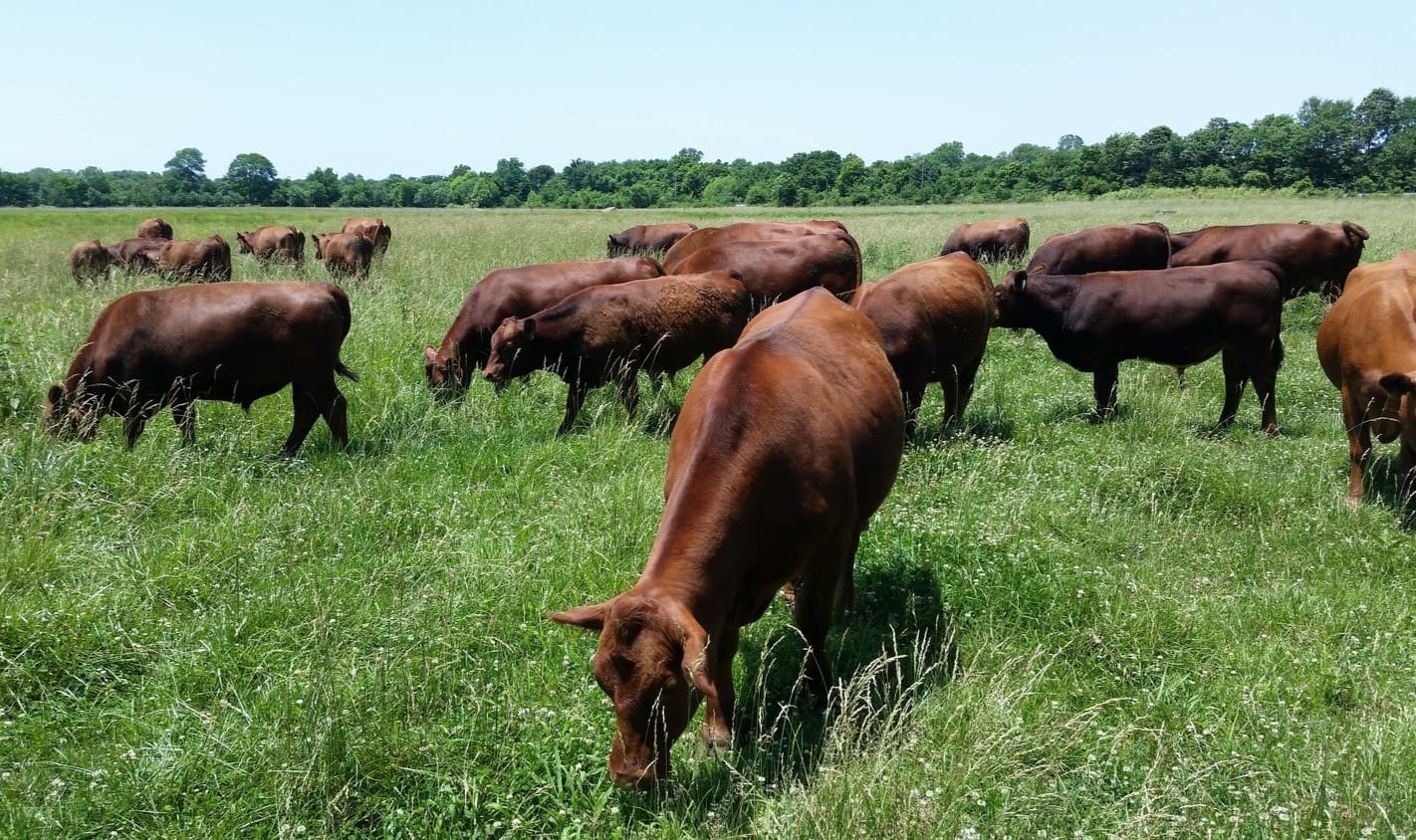
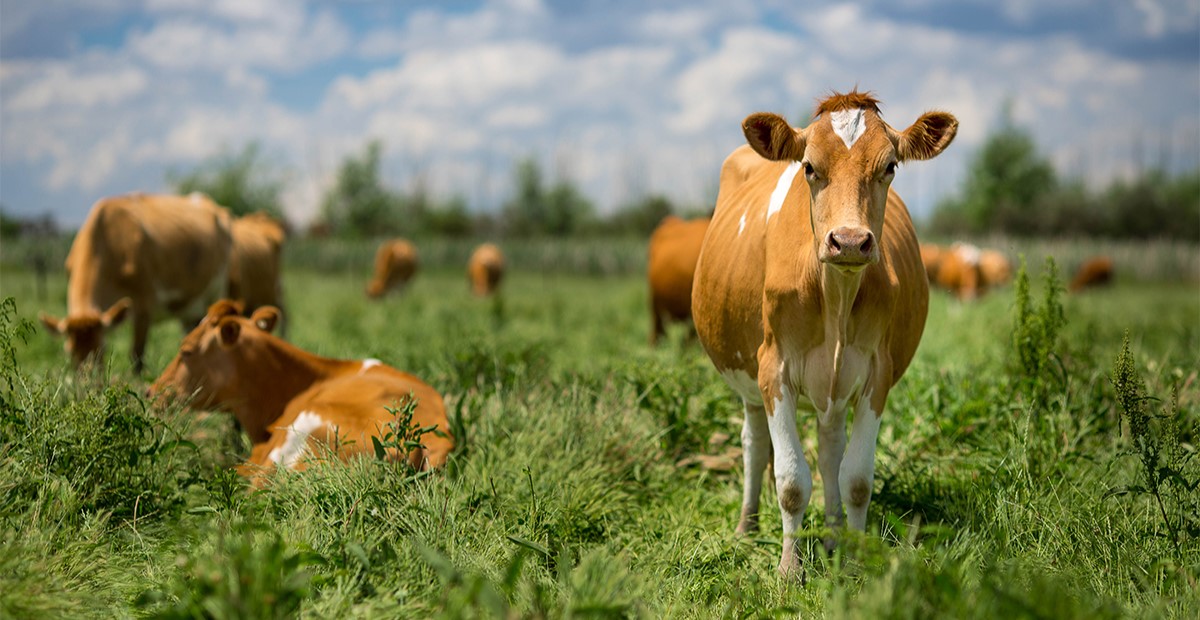
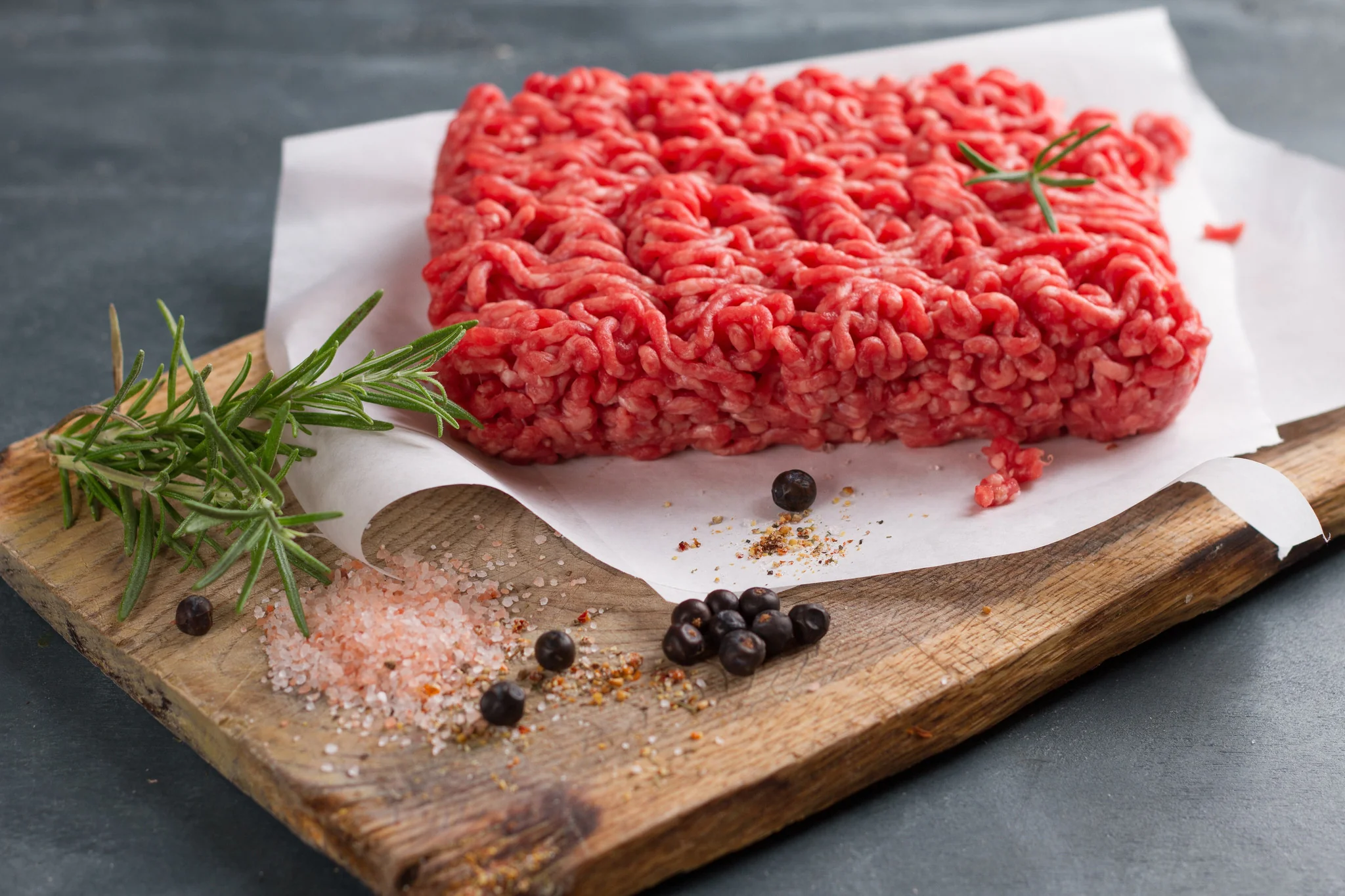
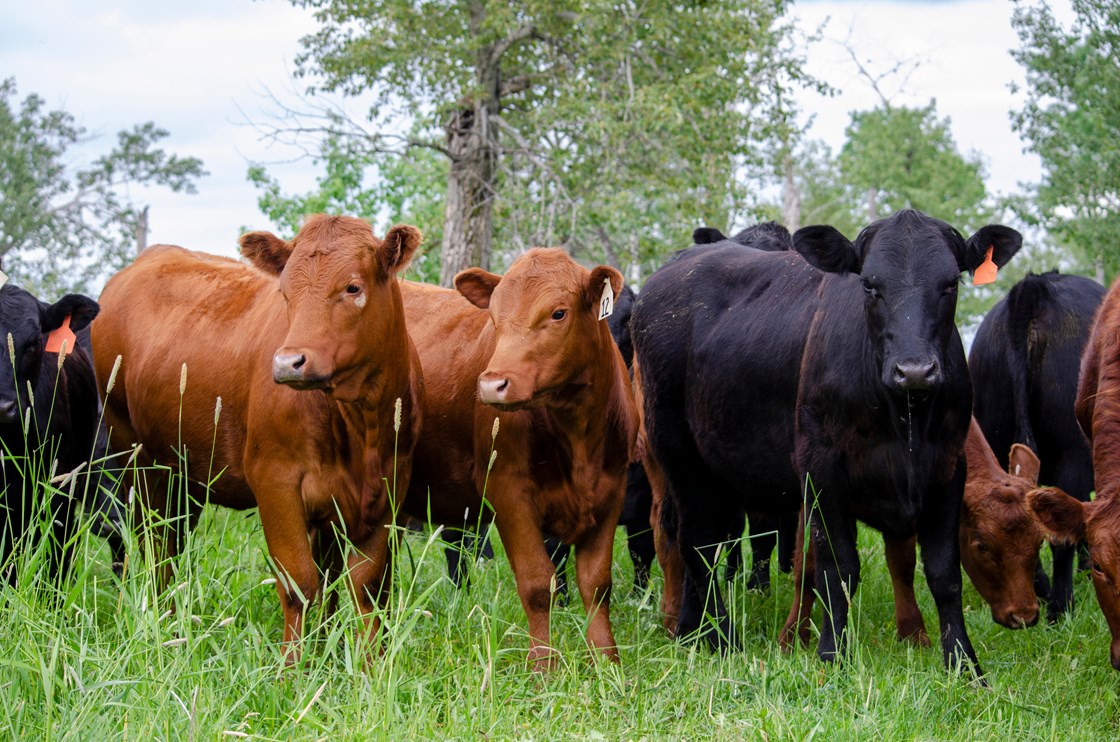
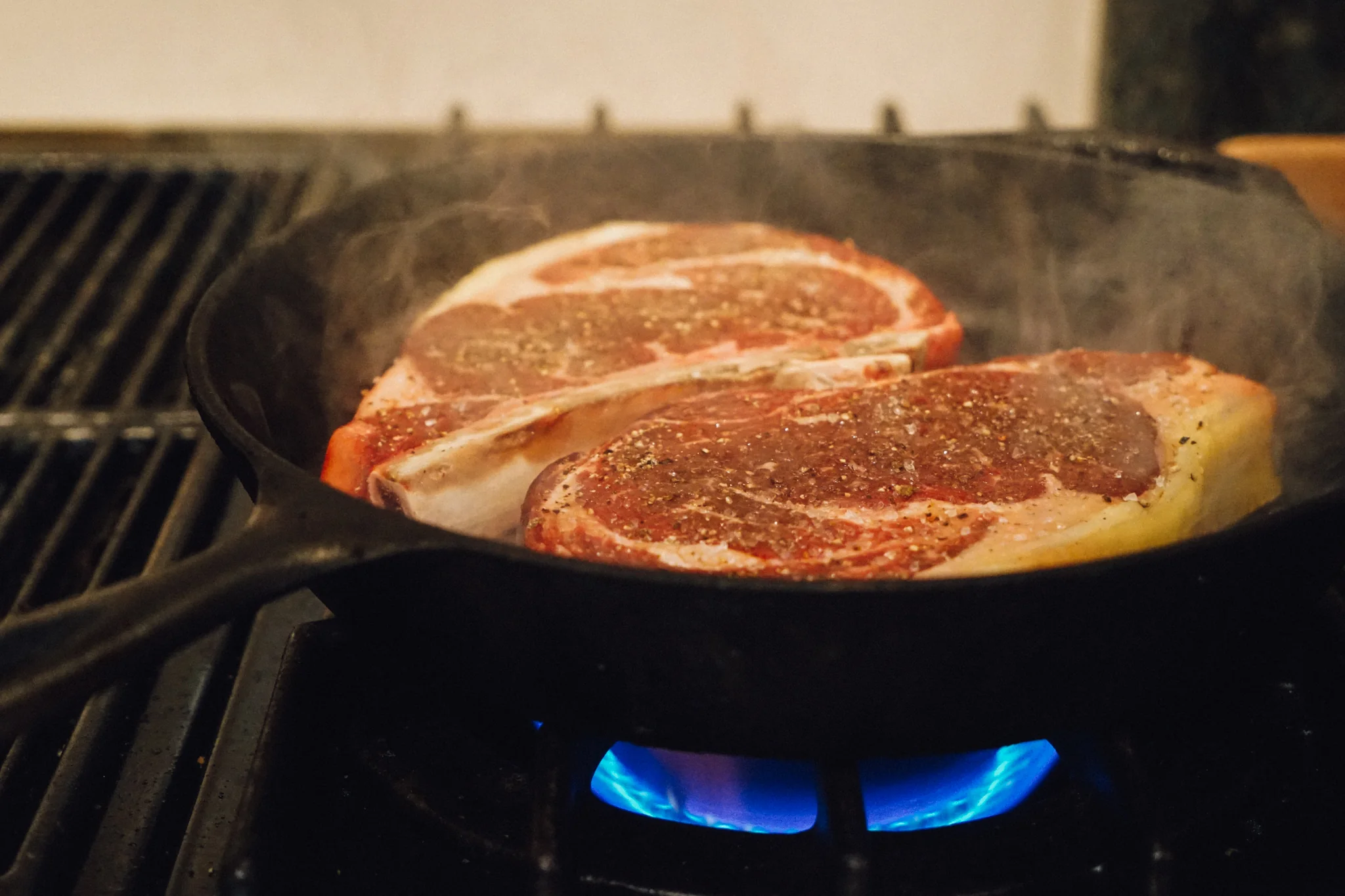

0 thoughts on “Who Makes Grass-Fed Butter”